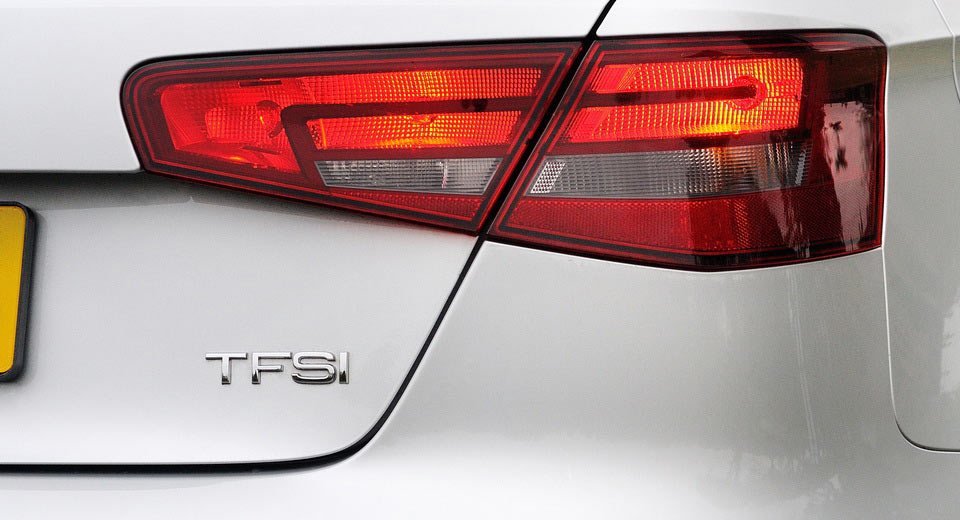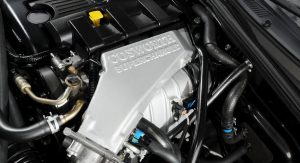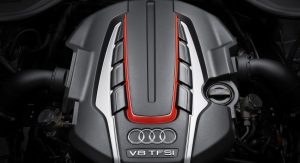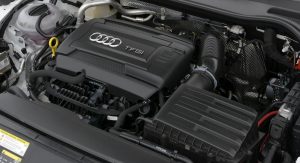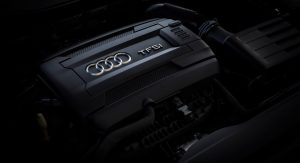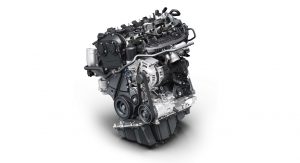By raising the octane in gasoline, modern-day turbocharged or direct-injected engines get improved fuel economy and lower emission ratings.
With that in mind, the EPA is currently looking into this issue, though nothing will likely get done until the next set of fuel economy and emissions standards take effect after 2025.
Still, lobbying for raising octane is starting to gain traction according to an Autonews report, which is how we’ve also learned that GM vice president of global propulsion systems, Dan Nicholson, said they could boost fuel economy in most engines by about 5% if America used the same higher octane gas as Europe.
Generally speaking, American grades of fuel can be 4 to 6 octane lower than in Europe, partly because octane in American gasoline is calculated by finding the average between the RON (research octane number) and the MON (motor octane number).
Chris Grundler, director of the EPA’s office of transportation and air quality said that his agency recognizes fuels are very important to automakers. While speaking at an auto industry conference recently, he stated that “after 2025, we should talk about what the future fuels should look like and what is the optimum mix of vehicle and fuel technologies. It is not as simple as the automakers might think it is under the law, and we have to follow the law. We have had requests to regulate octane for many years.”
“[Octane] will have to be part of the conversation,” added Mike McCarthy, chief technology officer of the California Air Resource Board, while speaking at the same conference. “I think it has to be on the table.”
While senior executives such as Nicholson acknowledge the need for higher octane fuel to help increase engine efficiency, automakers themselves rarely lobby for it in a “loud manner” – partly because Premium fuel costs around 53 cents more per gallon than regular fuel in the US.
However, if the EPA does mandate higher octane gasoline, it’s possible that the cost difference between regular and premium will eventually go down.



